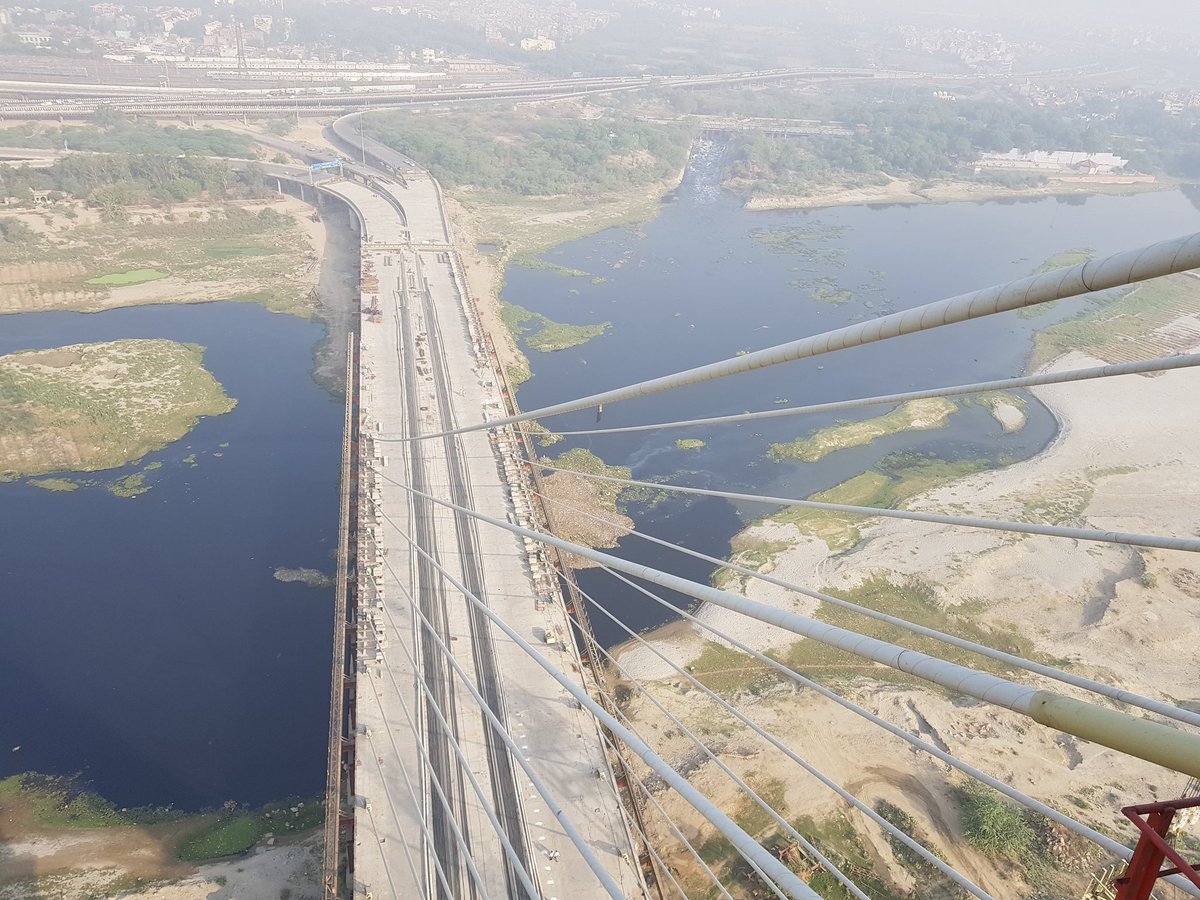As the capital of India, Delhi does offer a special combination of political significance, historical relevance, and quick development. When compared with other major cities like Mumbai, Bangalore, and Chennai, its plot development and real estate patterns present interesting contrasts.

Geographical and historical background
Delhi’s urban development is greatly influenced by its historical heritage. Various historical sites and protected areas dot the city, imposing restrictions on land use and demanding careful urban planning. This stands in stark contrast to Mumbai, where land scarcity and economic interests are driving expansion due to the city’s limitations on vertical growth. Geographically speaking, Delhi’s level topography allows for a wider horizontal expansion than Mumbai’s, which is bordered by the Arabian Sea, which inhibits outward growth and encourages the rise of high towers instead. Like Delhi, Bangalore and Chennai have greater potential for horizontal growth, but they also have unique infrastructural and planning issues.
Dynamics of the Real Estate Market
Delhi’s prominence as the political center has an impact on the real estate market, which is characterized by a mix of expensive and inexpensive plots. 50-100-200 Gaj Plots in Delhi like Lutyens’ Delhi fetch outrageous rates, putting them among the priciest in all of India. While areas in East and Outer Delhi are more reasonably priced and appeal to a wider crowd.
What do we know about connectivity and infrastructure?
The vast metro network in Delhi has revolutionized the city’s real estate industry, greatly influencing plot values and desirability. Because the Delhi Metro connects faraway locations to the city core, people tend to find outward locations more appealing.
Plot values are also impacted by Mumbai’s dependency on local trains and the city’s recently developed metro network. Still, the advantages of connection are frequently outweighed by the city’s severe traffic. The metro systems in Chennai and Bangalore are improving connections day by day, but they still can’t match Delhi’s metro system in terms of scope and reach.
What is the Framework for Regulation and Policy?
Delhi’s strict zoning and land acquisition regulations are a result of its status as the country’s capital and the requirement to protect historical buildings. New developments are frequently approved more slowly as a result of this. Mumbai’s high-density residential and commercial areas have led to strict rules, although Bangalore and Chennai give comparatively greater latitude, promoting new buildings but frequently encountering difficulties in putting sustainable urban planning into practice.
What are the future prospects of plots in Delhi?
Delhi’s focus on smart city projects and infrastructure improvements puts it in a good position for future expansion. It will still need some balancing to manage its historical legacy and latest needs, though. Commercial interests will continue to drive Mumbai’s real estate market, with an emphasis on redeveloping older districts. The varied economic foundation of Chennai and the tech-driven growth of Bangalore indicate a consistent demand for residential and commercial plots, with infrastructure development being an important factor.
Conclusion: The plot markets of Delhi, Mumbai, Bangalore, and Chennai are shaped that way due to unique reasons; their development paths are due to common elements of connectivity, regulatory environment, and economic factors. People who do want to invest in plots need a complete understanding of everything.





